Terracotta is an earthy ceramic that has been produced since the Old Stone Age, at least 29,000 years ago. Latin for "baked earth", Terracotta is based on coarse, porous clay, which is moulded into shape and fired in a kiln at around 1000°C until hard. The firing process is what lends the finished result its brownish-orange colour, and terracotta is usually some shade between ochre and red. While terracotta products are relatively cheap to produce, the slight difference between each item of atelier produced terracotta gives terracotta products personality.
Uber traditional and still relevant, terracotta is a timeless material.


There has been a contemporary resurgence in the adoption of shades of burnt orange and pink.
While we may now think of terracotta as an outdoor material, and especially associate it with gardens, it was initially used for artistic means. The Venus of Dolní Věstonice, found in Brno, Czech Republic, is the world’s oldest known ceramic artefact. Archaeologists and art historians have discovered that terracotta was used to create figurative works in Ancient Mesopotamia and early Egyptian cultures. China’s Terracotta Army, dating from 246-208 BCE, remains the most prominent example of terracotta sculpture.

Product designer Tomas Kral has released a series of lamps and lampshades in terracotta, producing them in Toledo, Spain, a region well known for its ceramics tradition. Spain, in general, is keen on the material, not only traditionally, but for contemporary projects too, such as Aulets Arquitectes’ municipal archive for the local government of Mallorca. This building boasts vaulted brickwork that feels both modern and also points towards the region’s historical architectural habits. Meanwhile, the plants at Unrecorded’s stores are potted in light terracotta pots; the material complements the soft tones of our birch wood shelves and white walls.

In addition, there has been a contemporary resurgence in the adoption of shades of burnt orange and pink. In 2017, the Musée Yves Saint Laurent Marrakech opened its doors. Designed by the French architecture firm Studio KO, the building - spanning over 4,000 m2 - acts more like an advertisement for Moroccan cosmopolitanism and comes with a 150 m2 exhibition space, a 130-seat auditorium and a research library housing 5,000 books. The terracotta bricks that grace the facade are made from Moroccan earth; they also made it homely elsewhere, with the terrazzo featuring Moroccan stone fragments.
Text: Nicholas Burman
Read more
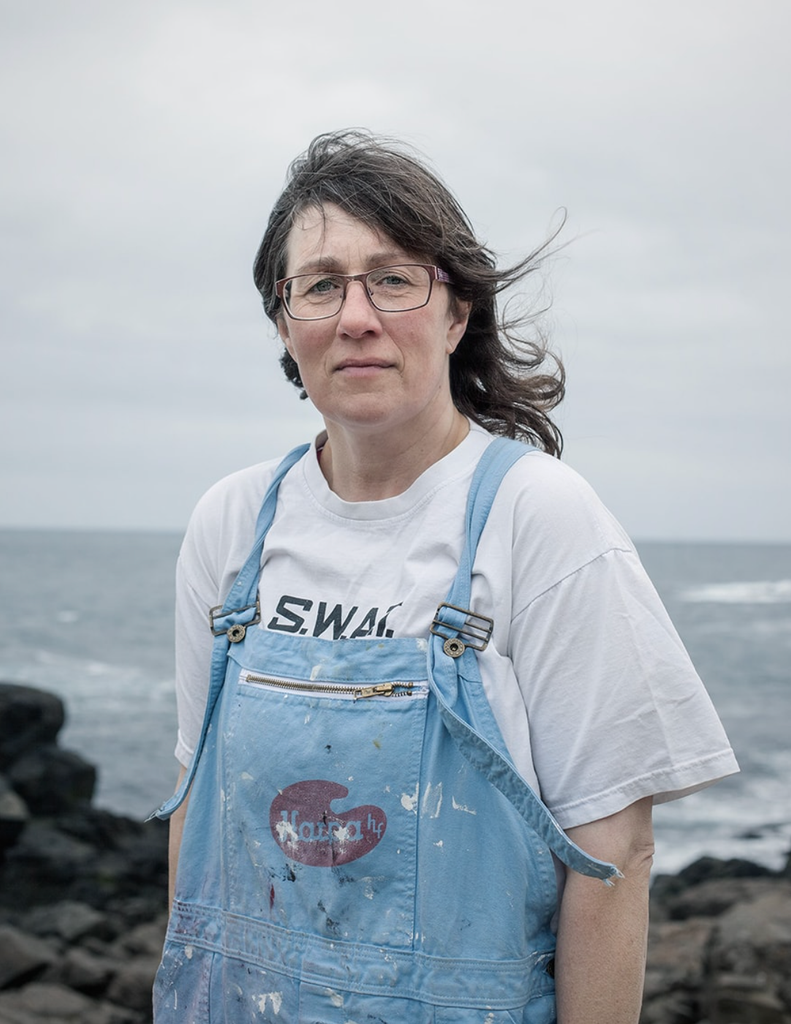
Marzena Skubatz
Marzena Skubatz is interested in the identity of places. Marsibil. Iceland is quite a country to attempt to capture. Sometimes...
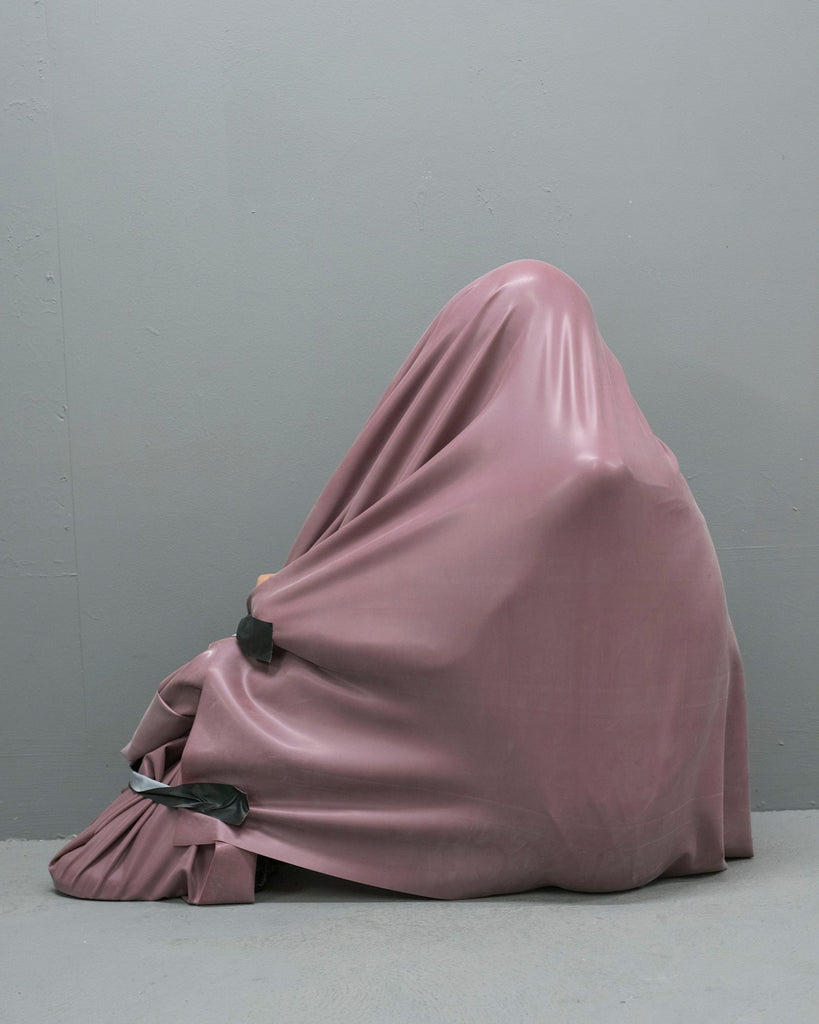
Jackie Nickerson
Jackie Nickerson’s Field Test series presents humans captured by alien objects. A figure is sat with their knees up,...
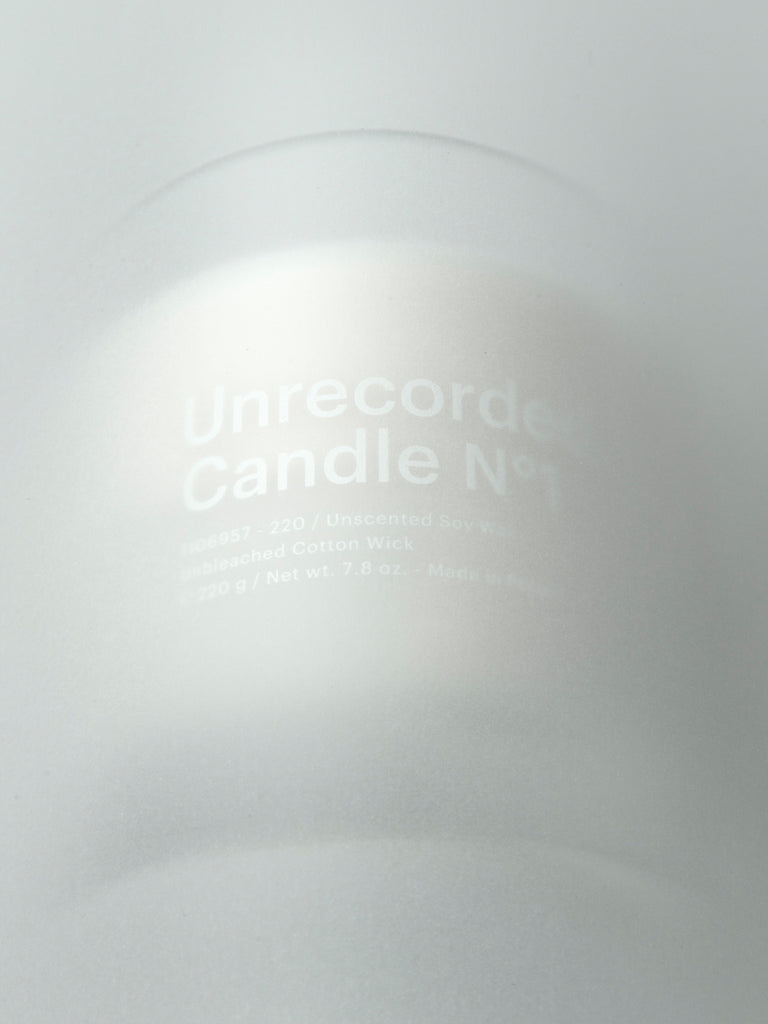
Unrecorded Candles.
Autumn 2020 marks the release of Unrecorded’s candle range. Our selection, coded by rich, mute colours, have been designed for...
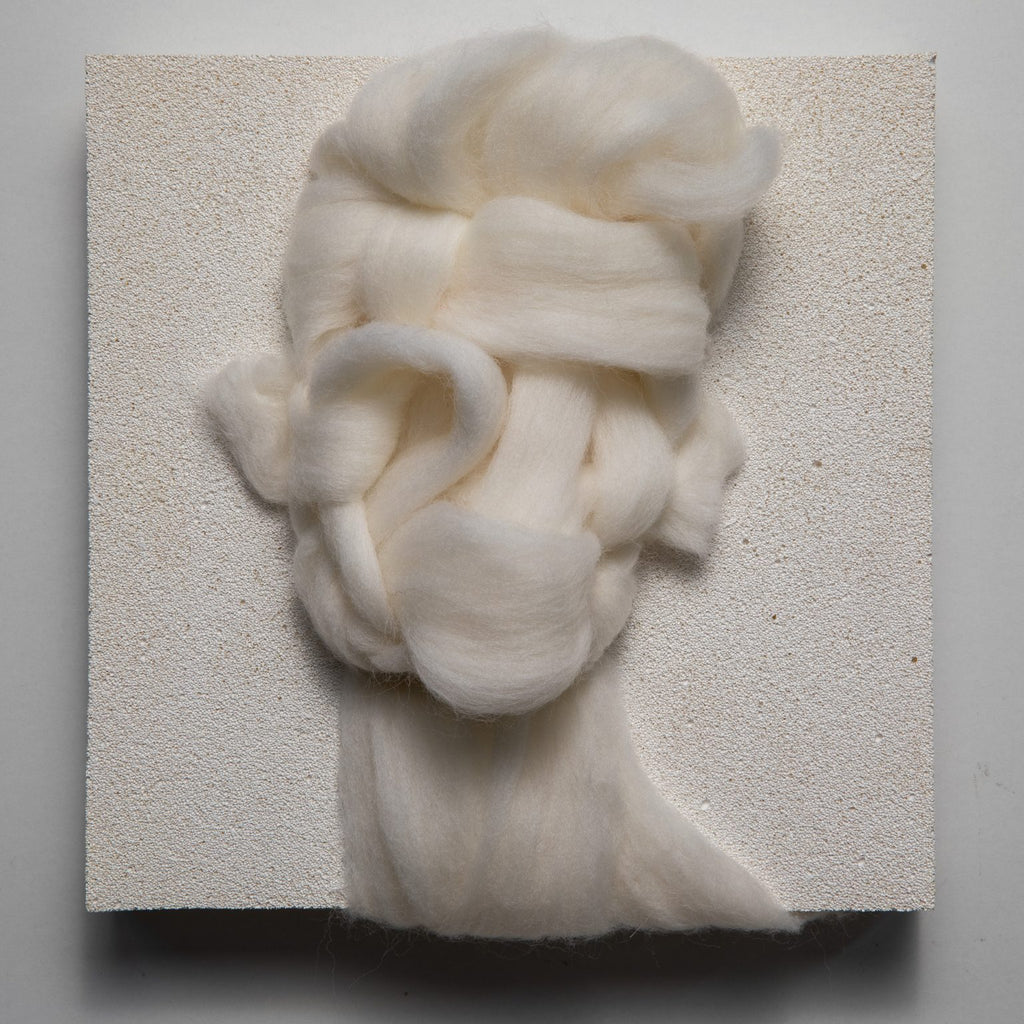
Salman Khoshroo
Salman Khoshroo spent quarantine mastering wool as a material for sculpture. The Iranian artist’s portraits have tended to be tactile....
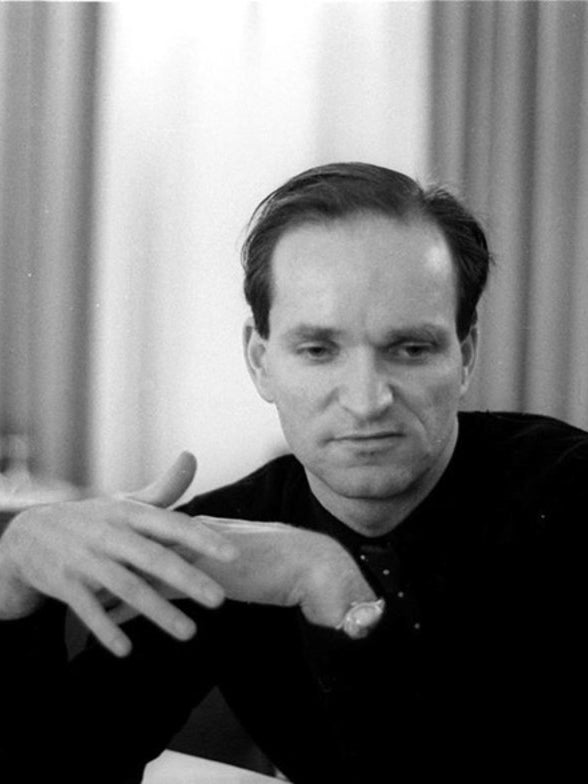
Florian Schneider
Tributes have been pouring in for the Kraftwerk co-founder. Electronic music pioneer Florian Schneider passed away at the end of...
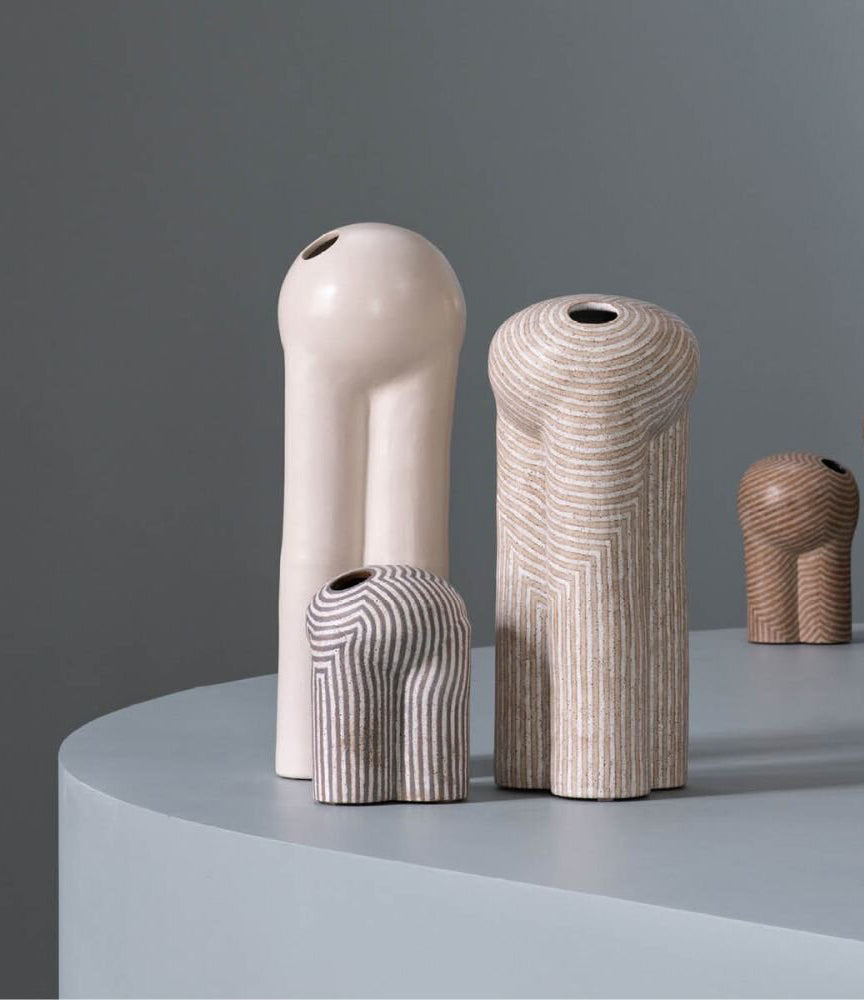
The Piccolo Parade.
Ceramic artist Jeremy Anderson mines the anthropomorphic tensions, playfulness and individuality of his stoneware sculptures. Jeremy Anderson is a ceramic...
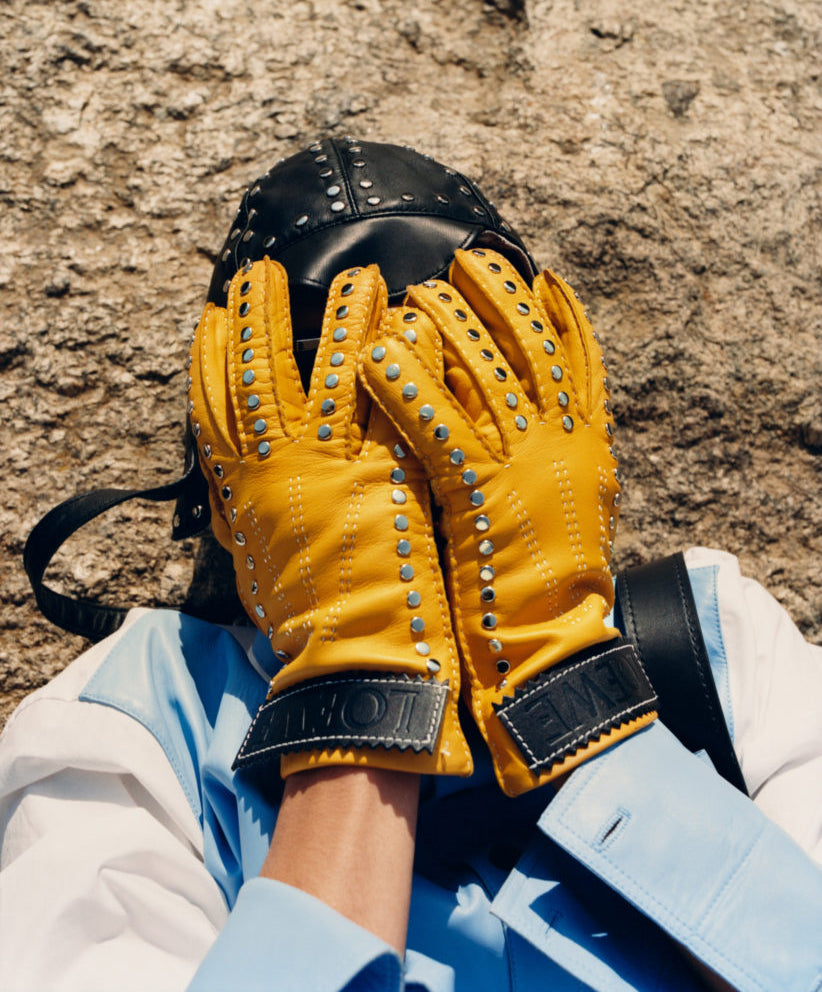
Tyler Mitchell
Tyler Mitchell, a prodigy of photography and video. His portraiture has earned him kudos from some of the most influential...
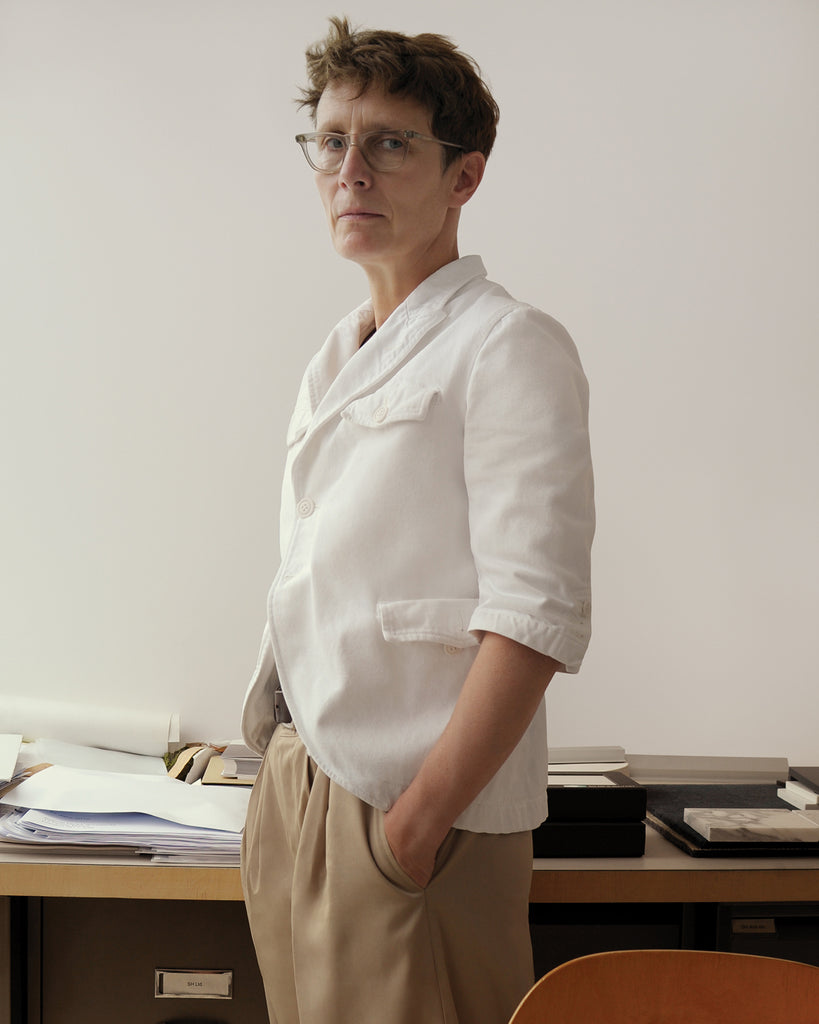
Sophie Hicks is an award winning architect with an eye on minimalism.
Architect Sophie Hicks places white boxes into grey urban environments. Hicks founded her architecture firm in 1990. Since then, the...
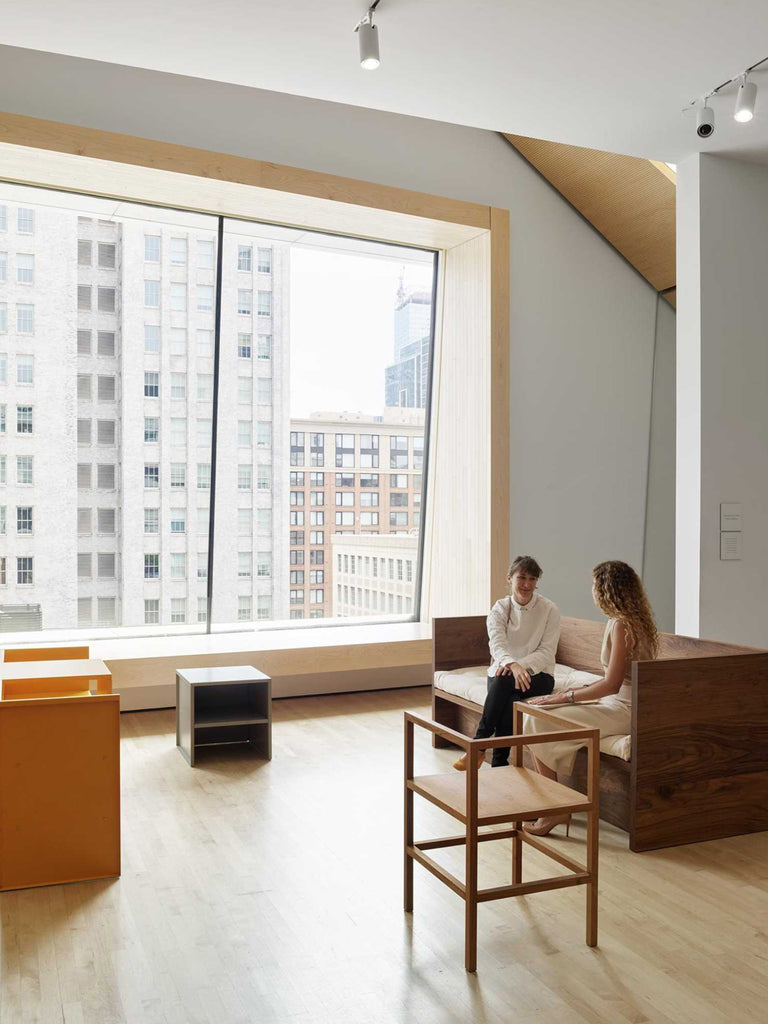
Donald Judd’s designs have inspired a generation.
Geometric shapes, block colours and sturdy materials are the basis for Judd’s timeless furniture.
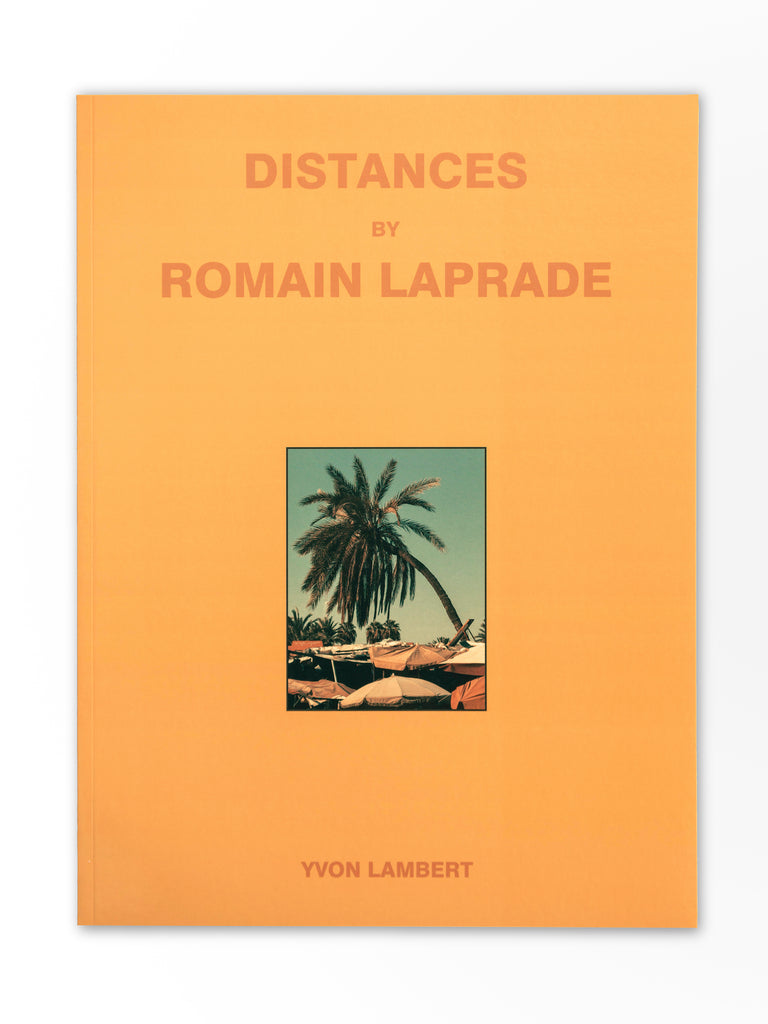
Romain Laprade
“It’s always Spring in Romain Laprade’s photographs.” Romain Laprade is a Paris based photographer notable for his warm, pastel shades....
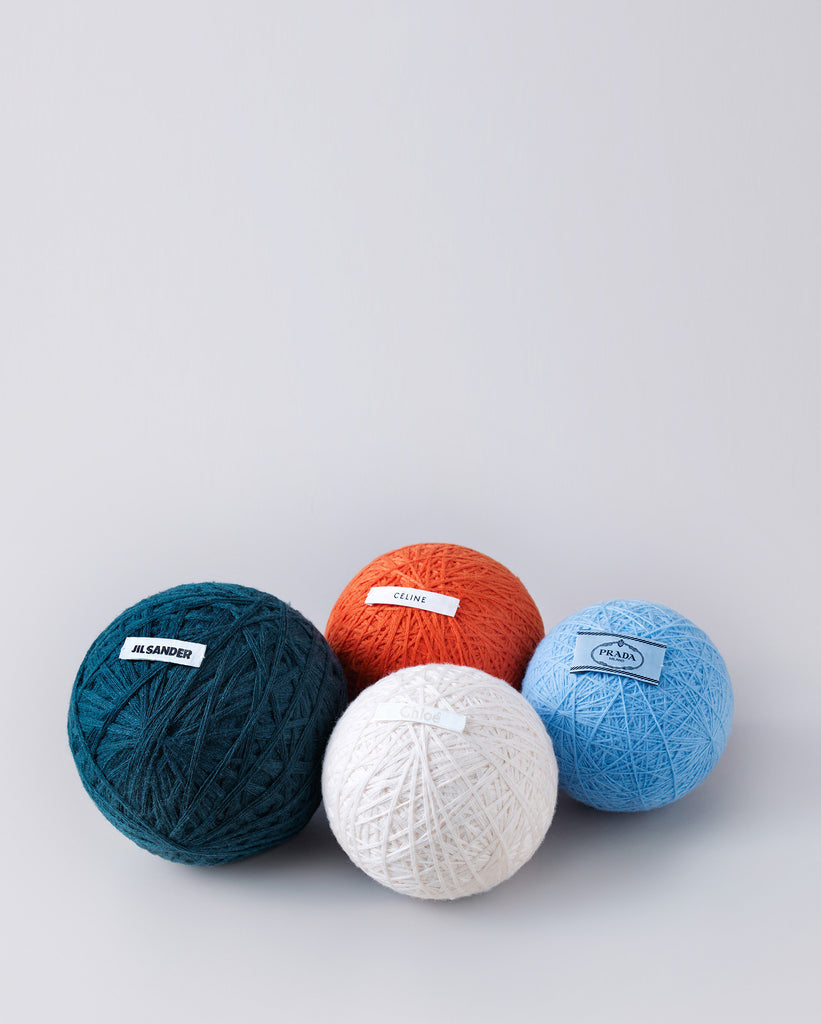
Lernert & Sander
The company has been winning awards since 2011, and has worked with Amnesty International, Hermès, Nowness, Selfridges and more. The founders pride themselves on a “cheeky sense of humour.”